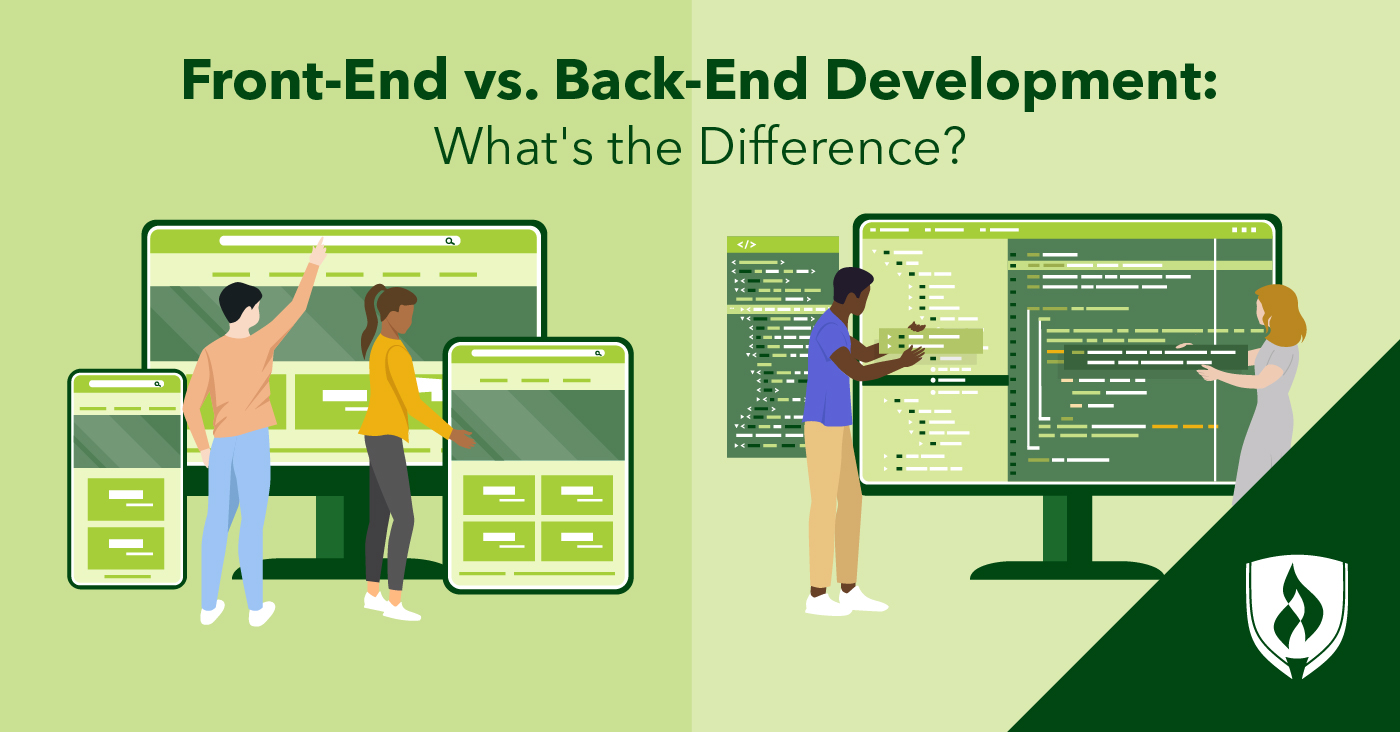
Front-end development,
also known as client-side development, is the process of designing and
implementing the user interface and user experience of a website or web
application. Front-end developers are responsible for creating the visual
elements that users see and interact with in their web browsers. Here are the
key aspects and technologies involved in front-end development:
- HTML (Hypertext Markup Language):
- HTML is the backbone of web pages, defining the
structure and content of a web document.
- It uses tags to create headings, paragraphs, lists,
links, and other content elements.
- CSS (Cascading Style Sheets):
- CSS is used to control the presentation and styling
of web pages.
- It defines the layout, colors, fonts, and overall
visual design of a website.
- CSS can be applied inline, internally, or externally
using stylesheets.
- JavaScript:
- JavaScript is a programming language that enables
interactivity and dynamic behavior on web pages.
- It can be used to create interactive forms, handle
user input, and fetch data from servers (AJAX).
- Popular JavaScript libraries and frameworks include
jQuery, React, Angular, and Vue.js.
- Responsive Web Design:
- Front-end developers must design websites to be
responsive, meaning they adapt to different screen sizes and devices,
such as smartphones, tablets, and desktops.
- CSS media queries are commonly used to achieve
responsive layouts.
- User Interface (UI) Design:
- UI design focuses on creating an aesthetically
pleasing and user-friendly interface.
- Designers work on elements like buttons, navigation
menus, icons, and overall page layout.
- User Experience (UX) Design:
- UX design involves enhancing the user's overall
experience by considering factors like site usability, accessibility, and
information architecture.
- It includes creating user personas, conducting
usability testing, and optimizing navigation flow.
- Version Control:
- Developers use version control systems like Git to
track changes in code, collaborate with others, and manage different
versions of the project.
- Web Performance Optimization:
- Front-end developers are responsible for optimizing
website performance by reducing page load times and improving user
experience.
- Techniques include minification of code, image
compression, lazy loading, and efficient caching.
- Web Accessibility (a11y):
- Web accessibility focuses on ensuring that websites
are usable by people with disabilities.
- Front-end developers need to follow web accessibility
standards and practices, including creating content that can be read by
screen readers and providing alternative text for images.
- Cross-Browser Compatibility:
- Front-end developers must ensure that websites work
correctly in various web browsers (e.g., Chrome, Firefox, Safari,
Internet Explorer, Edge).
- This may involve using browser-specific CSS and
JavaScript hacks or polyfills to address compatibility issues.
- Front-End Frameworks and Libraries:
- Many front-end developers use frameworks and
libraries to streamline development and maintainability.
- Examples include Bootstrap (CSS framework), jQuery
(JavaScript library), and React (JavaScript framework).
- Build Tools and Task Runners:
- Tools like Webpack, Gulp, and Grunt automate tasks
such as bundling and minifying code, optimizing images, and
live-reloading during development.
- Testing and Debugging:
- Front-end developers perform testing, debugging, and
quality assurance to ensure that the website works correctly in different
scenarios and resolves any issues.